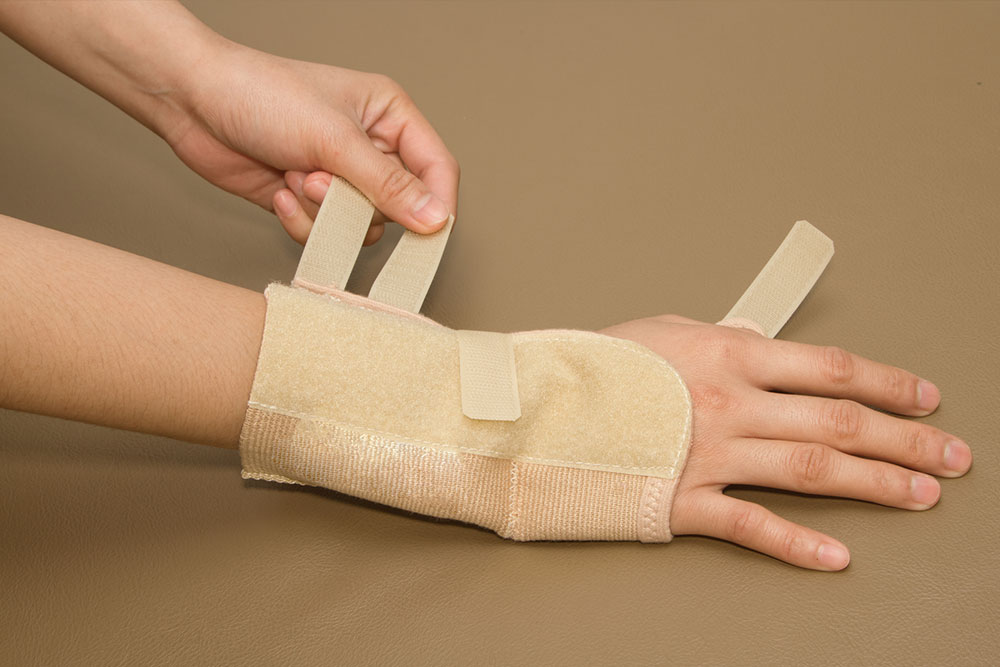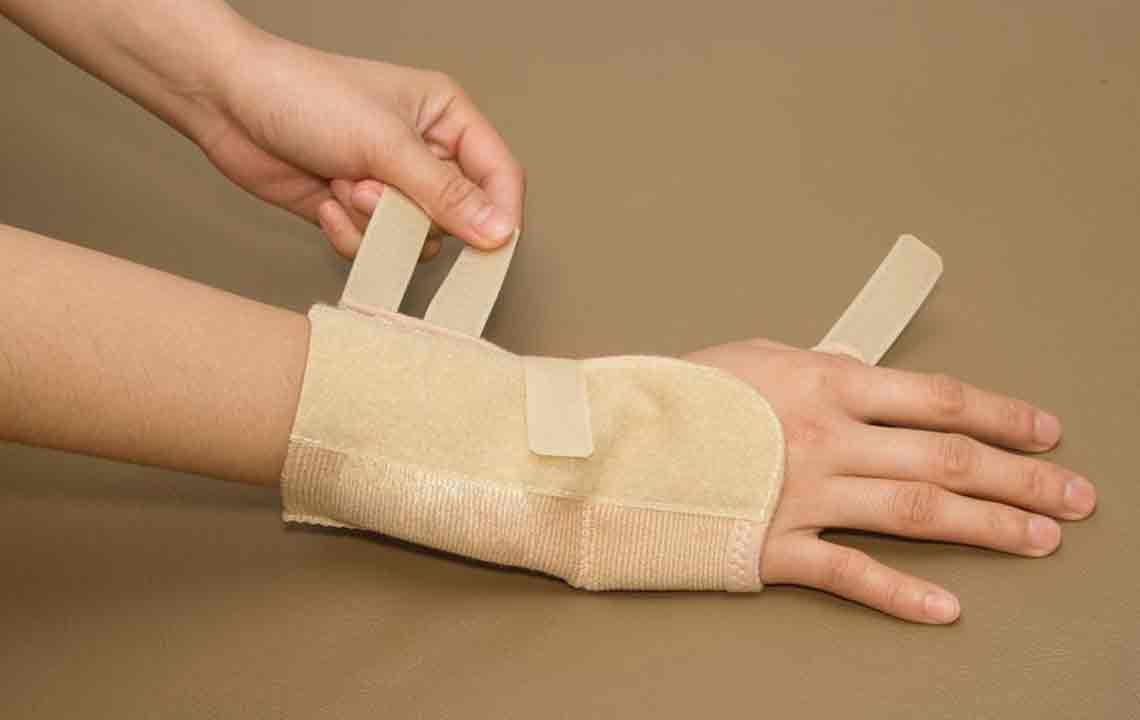Comprehensive Guide to Wrist Support Devices: Types, Benefits, and Selection Tips
This comprehensive article delves into various wrist support devices, explaining their functions, benefits, and how to choose the best type for your needs. It highlights their role in injury recovery, pain relief, and injury prevention, offering valuable insights for anyone experiencing wrist discomfort or engaged in repetitive hand activities. With professional advice and proper selection, wrist supports can be a vital part of maintaining wrist health and ensuring daily comfort.

Comprehensive Guide to Wrist Support Devices: Types, Benefits, and Selection Tips
Wrist discomfort and numbness in the fingers can significantly impact daily life and productivity. One common cause of these symptoms is carpal tunnel syndrome, a condition that affects millions worldwide, especially those engaged in repetitive hand movements or desk jobs. Understanding various wrist support devices is crucial for managing symptoms, promoting healing, and preventing further injury. In this detailed guide, we explore the different types of wrist supports, their functions, benefits, and how to choose the right device tailored to individual needs.
Wrist support devices are specialized orthopedic aids designed to stabilize, protect, and alleviate pain in the wrist. They are valuable tools for anyone recovering from injury, experiencing chronic pain, or seeking to prevent strain during repetitive tasks. Correct selection and usage of these supports can greatly enhance comfort, reduce symptoms, and speed up recovery processes.
What are wrist support devices?
Wrist supports encompass a variety of wearable devices engineered to provide external stability to the wrist joint. Typically made with supportive materials like neoprene, nylon, or elastic fabrics, these supports serve to limit unwanted movement, reduce strain, and facilitate natural healing. They are commonly used in medical settings, sports, and daily activities where wrist safety is paramount.The Advantages of Using Wrist Supports
Wrist supports play an essential role in managing wrist-related discomfort. By maintaining the wrist in a neutral, functional position, they prevent excessive bending or twisting that can aggravate existing injuries or trigger symptoms like numbness, tingling, or pain. For those suffering from conditions such as carpal tunnel syndrome, tendonitis, or arthritis, wearing a wrist support can offer immediate relief and long-term benefits.
Studies have shown that consistent use of wrist supports during activities that involve repetitive wrist movements can significantly lessen symptoms and prevent progression of injury. Support devices are especially helpful during the daytime when activities involve typing, lifting, or other manual tasks. Additionally, wearing supports during sleep can prevent awkward wrist positions that contribute to nerve compression.
If your occupation involves prolonged keyboard use, manual labor, or sports, selecting the appropriate wrist support is vital. The right device can reduce fatigue, prevent injury, and enhance overall wrist health, enabling you to perform tasks more comfortably and efficiently.
Where to Buy Wrist Supports
Wrist supports are widely available across various outlets. You can purchase them at medical supply stores, pharmacy chains, or online marketplaces. For customized fits and optimal support, consulting a healthcare professional like an occupational therapist or orthopedic specialist is recommended. Proper fitting ensures the support is snug enough to stabilize the wrist without restricting blood flow or causing discomfort.Types of Wrist Support Devices
Wrist supports come in diverse forms, each tailored to specific needs and conditions. Understanding the differences can help you make an informed choice. Here are some of the most common types:
Arthritis Gloves: Designed to offer gentle compression and warmth, these gloves help ease pain, reduce inflammation, and improve circulation in arthritic joints, making them suitable for long-term wear.
Wrist Wraps: Featuring an open design with adjustable straps and often reinforced with metal stays or splints, wrist wraps provide substantial support. They are ideal for sports, heavy lifting, gardening, or daily activities that require wrist stability.
Compression Supports: These braces apply targeted pressure to control swelling and stabilize the joint without hindering movement. They are light, breathable, and suitable for managing mild to moderate pain from repetitive strain injuries.
Splints: Primarily used during acute injury phases or for severe conditions, splints immobilize the wrist to prevent stiffness and inflammation. They are generally customized or come as adjustable models to ensure proper immobilization.
Always seek medical advice before starting any treatment regimen. Properly chosen wrist supports not only alleviate current discomfort but also help in preventing future injuries, maintaining overall wrist health, and supporting an active lifestyle.




